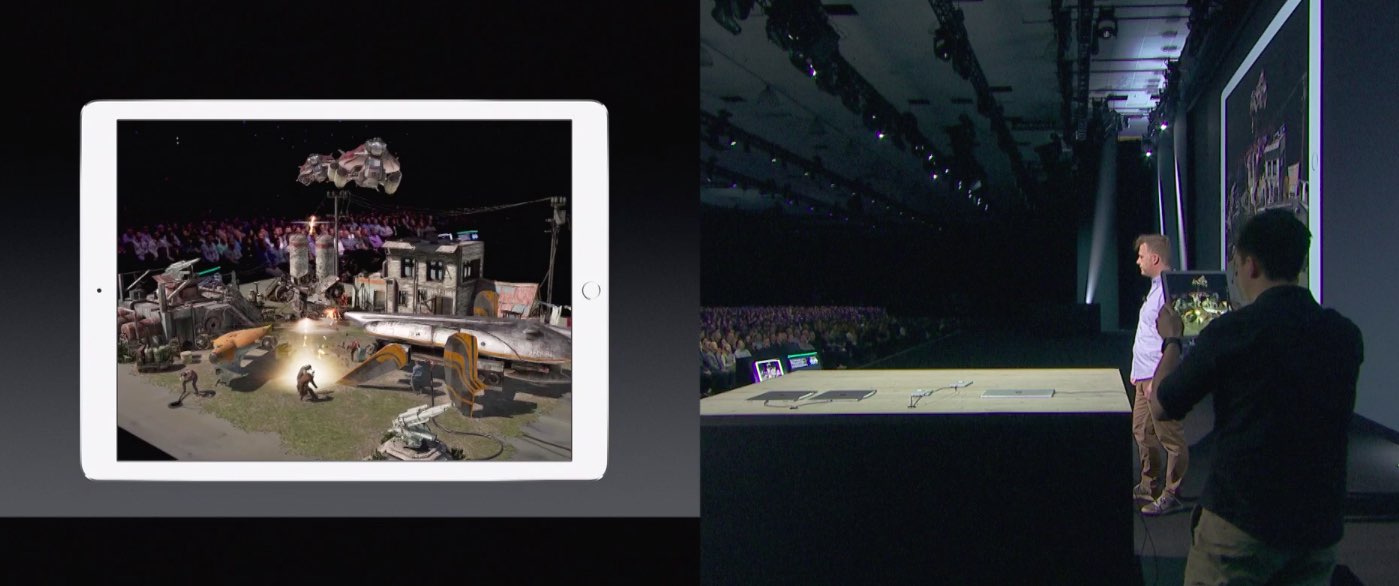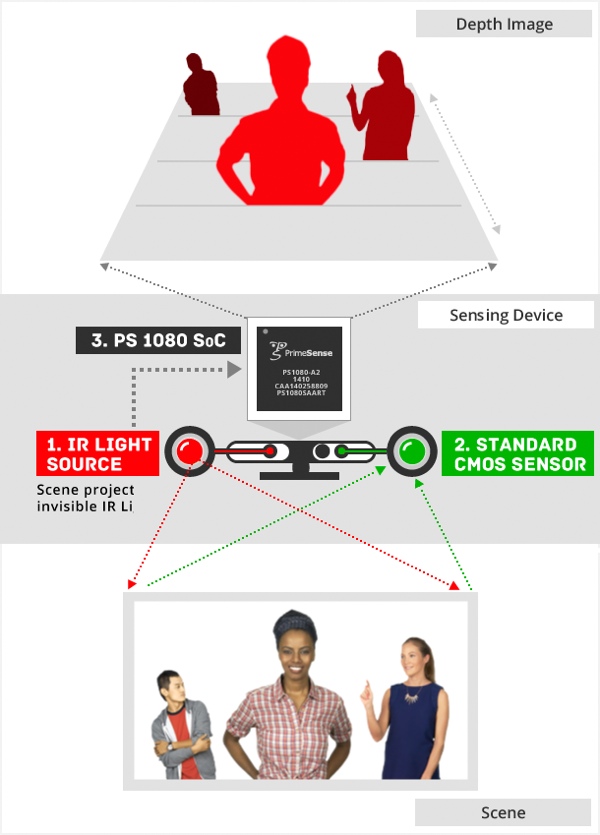
Finisar, one of the the world’s largest suppliers of optical communication products, told investors on an earnings call that it expects one company, without mentioning Apple by name, to account for millions of units of a specialized laser for depth-mapping.
Finisar is not on Apple’s official list of suppliers.
Loup Ventures believes Apple is that unnamed customer. Based on Finisar’s comment, Loup expects the next iPhone to be announced in September and ship in October, Axios reported.
Known as VCSEL, which is an acronym for “vertical-cavity surface-emitting laser”, Finisar’s specialized sensor is basically a semiconductor-based laser diode that emits a highly efficient optical beam vertically from its top surface.
Lumentum, another supplier, said in May it would kick off volume shipments of the same type of laser in the second half of the year. Aside from Lumentum and Finisar, 3D sensors for the OLED-based iPhone 8 models should also be built by Himax Technologies, Barrons learned.

iPhone 8’s highly anticipated 3D and AR features may be based on an advanced motion and depth-sensing technology from Israeli startup PrimeSense, which was acquired by the Cupertino firm in November 2013 for a reported $345 million.
KGI Securities analyst Ming-Chi Kuo predicted in February that iPhone 8 would ship with an enhanced camera outfitted with laser sensors to support capabilities like 3D selfies, accurate depth mapping, 3D modeling, advanced biometrics and augmented reality features.
iPhone 8 will supplement its FaceTime camera’s standard RGB CMOS sensor with a pair of infrared transmitting/receiving modules and a custom 1.4-megapixel sensor capable of detecting changes in light signals, allowing it to sense depth, as per KGI.
At its Worldwide Developers Conference last week, Apple unveiled ARKit, a new framework for developers to help them bring augmented reality experiences to their iPhone and iPad apps.
Augmented reality applications typically display real-world images underneath a computer-generated layer of information, thus augmenting the real world.
iPhone 7 Plus dual-lens supplier Largan Precision publicly confirmed a few days ago that it would start shipping lenses for a 3D-sensing module to be “used in a smartphone ready to ship in the second half this year”.
Image: Alasdair Coull, head of Peter Jackson’s Wingnut AR, shows a demo at WWDC 2017 of an upcoming augmented reality game built on Apple’s new ARKit framework.